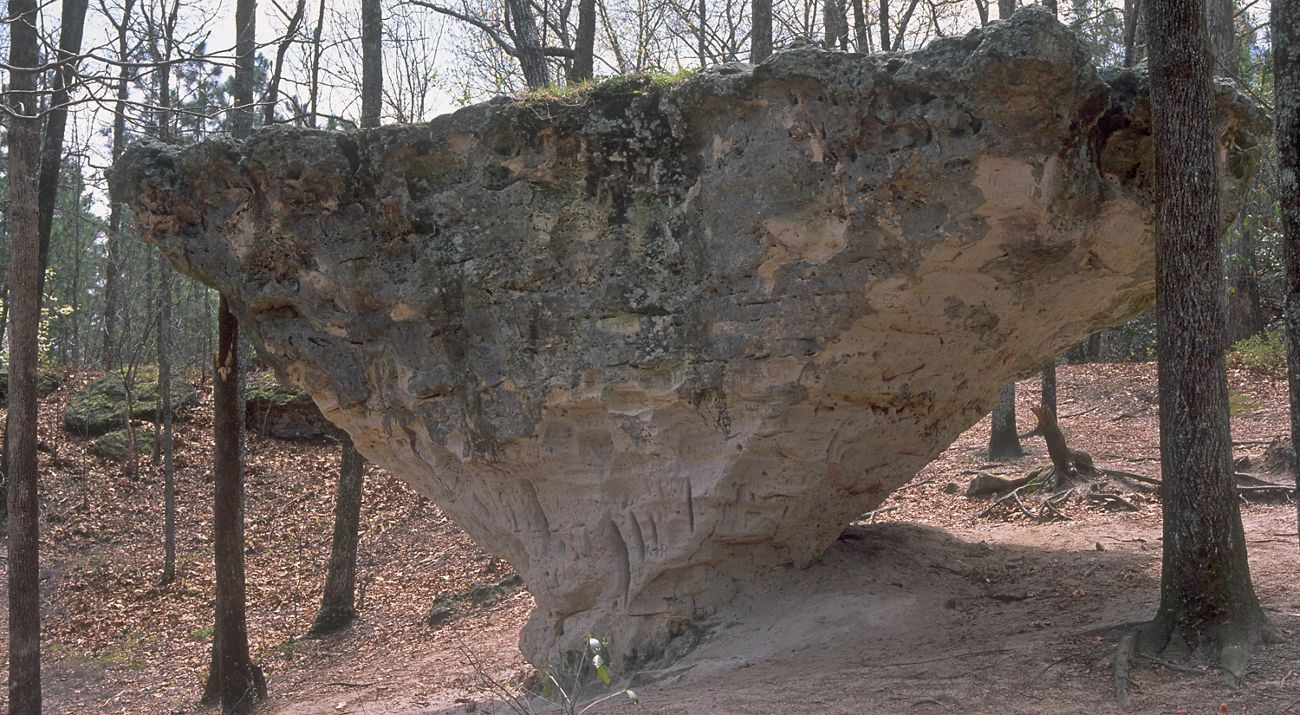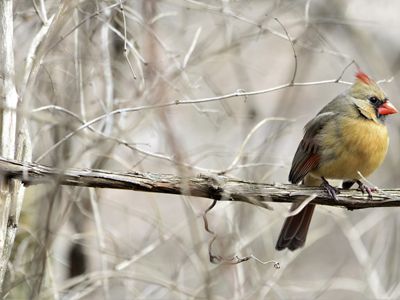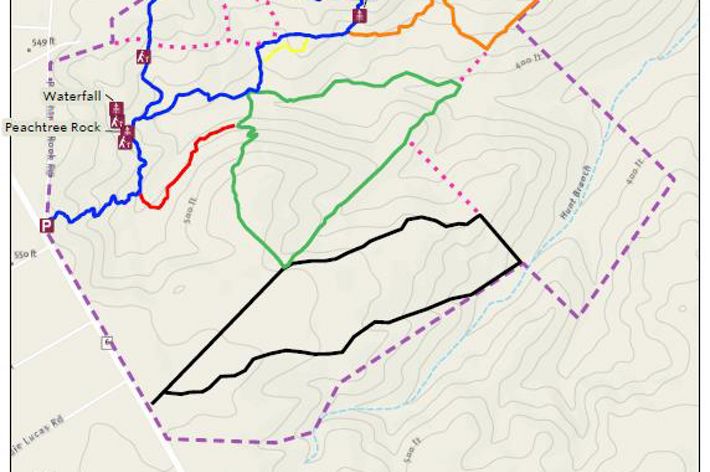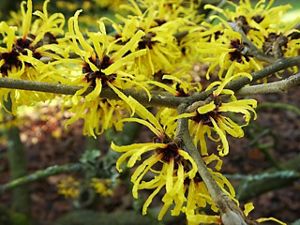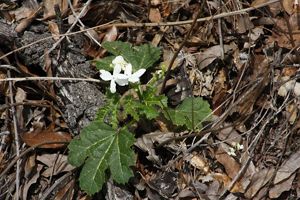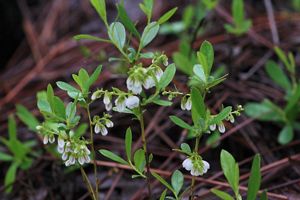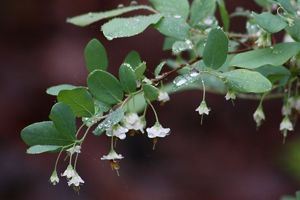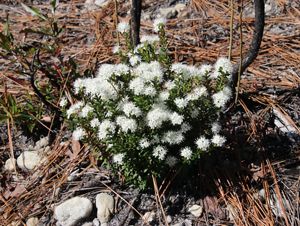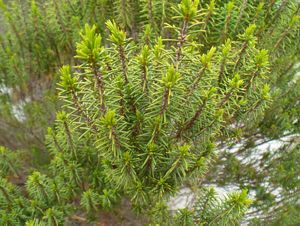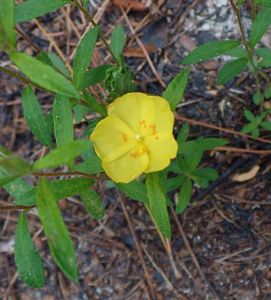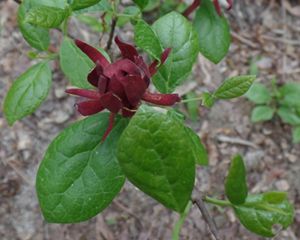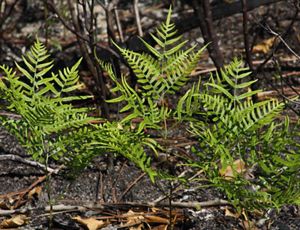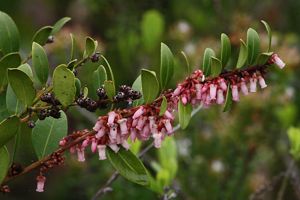Description
A Prehistoric Playground
Only 30 minutes away from downtown Columbia, S.C., Peachtree Rock Heritage Preserve feels like a trip back in time.
Layered sandstone formations, riddled with the fossils of ancient marine creatures, crop up on either side of the well-kept trails. Native longleaf pines tower overhead. Near the preserve’s entrance, the only natural waterfall on the state’s coastal plain splashes into a small pool.
Rich in culture, history, unusual geology, plants and wildlife, Peachtree Rock Heritage Preserve is a wonderful and educational place to visit. A new kiosk near the preserve’s titular formation – the now-toppled Peachtree Rock – describes the area’s unique natural offerings.
